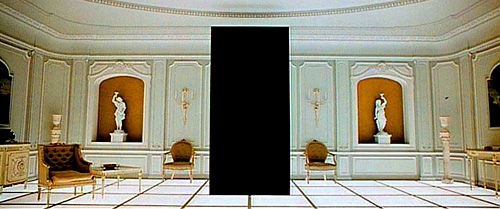
Researchers at Rensselaer Polytechnic Institute in Troy, NY working with semiconductor maker Crystal IS have developed a new type of coating that can eliminate almost all reflections. It essentially works by growing layers of nanoscale rods on a surface that project in all different directions. By varying the angles of the rods across multiple layers reflections can be almost completely eliminated.
The researchers found that by changing the angle of the nanorods, they can control the way the nanorods bend light–the index of refraction. Air has an index of refraction of very nearly one. The researchers were able to make a top layer of nanorods with what Schubert says is an unprecedented index of 1.05. (For comparison, glass has an index of refraction of 1.45, and a light-emitting semiconductor, aluminum nitride, has an index of about 2.05.) Each successive layer has a higher index of refraction until the last layer nearly matches the substrate. The top two layers incorporate glass nanorods. The bottom three are made of titania.
Science-fiction references aside there’s actually some useful applications for this technology right now. For example in LEDs a large amount of the light generated by the semiconductor is trapped inside the device by reflections. Using the new nanoscale structures would improve their ‘light-emitting’ performance by a surprising 40 percent. Even something like digital cameras could benefit greatly from this given the amount of light that’s either lost or trapped as it passes through the prism, lenses and hits the sensor.
Oh and I can finally build that monolith I’ve always wanted for my front lawn to scare off the neighborhood kids or at least teach them to use primitive tools.
[ Materials That Reflect No Light ] VIA [ EcoGeek ]





That looks like a material I made once – the black square in paint
Just make sure you wire up the sound system to play the loud creepy music along with your monolith.
My god, it’s full of rods!